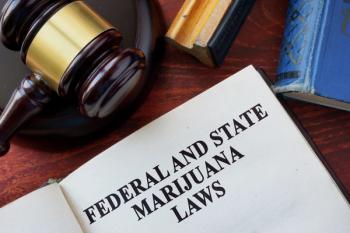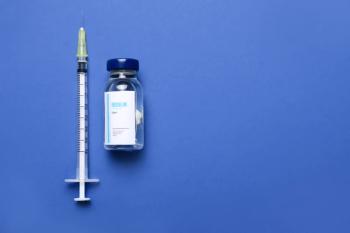
Getting the Morning-After Pill Remains a Challenge for Many Teens
New study indicates emergency contraception is not available to all who might need it.
In 2013, the FDA removed age restrictions on the use of levonorgestrel emergency contraception-the morning-after pill-making it available for consumers without a doctor’s prescription. However, recent research indicates that teens may still have difficulty buying the contraceptive at some pharmacies.
In 2015 and early 2016, investigators at the
Related article:
“It is very important for everyone, especially adolescents, to have access to emergency contraception,” said Tracey Wilkinson, MD, MPH, Assistant Professor of Pediatrics at Indiana. Wilkinson, who led
The FDA previously approved OTC emergency contraception only for those at least 18-years old, out of concern that younger females might not use the drug appropriately. Eventually, after several administrative and legal proceedings, the FDA lowered the age for non-prescription access to 17, before
In the 2012 study, investigators found that adolescents in low-income neighborhoods found it difficult to purchase emergency contraception at drug stores. For the current study, researchers used phone callers who posed as adolescents and undertook scripted telephone calls to pharmacies in five major U.S. cities to learn how accessible emergency contraception was. They found that the situation has not improved.
Of 979 pharmacies contacted by females posing as 17 year olds, 827, or 83%, indicated that emergency contraception was available. This percentage did not change by pharmacy neighborhood income level. It was not significantly different from 2012. But 8.3% of the pharmacies contacted said it was not possible for the young females to purchase the drug under any circumstances. This was the case more often in low income areas. The proper information about OTC access was conveyed on the phone only 51.6% of the time.
Wilkinson noted that drug stores would more likely say that emergency contraception isn’t available under any circumstances in low-income areas. She surmised that this could be the result of a number of issues, including:
- A “haphazard” transition to OTC status in which some product labels carried incorrect user information.
- Pharmacy staff turnover.
- Lack of pharmacy staff education.
Another possible contributing factor: “On top of this confusion, some people hold certain opinions about unprotected sex,” Wilkinson noted. She also theorized that people might be more successful in purchasing emergency contraception if they went to a pharmacy in person.
Related article:
One limitation of this study was that the investigators did not call all of the same pharmacies as they did in the original study. Despite this and other study limitations, the scientists indicate that their research shows how impediments to buying emergency contraception continue to exist, even after the FDA 2013 policy modifications which eliminated age restrictions. The FDA made its decision to expand access specifically to consumers who would be most helped by avoiding unplanned pregnancies.
Newsletter
Pharmacy practice is always changing. Stay ahead of the curve with the Drug Topics newsletter and get the latest drug information, industry trends, and patient care tips.


















































































































